6 low maintenance and beautiful lawn options, for anyone who’s sick of grass
In the market for a lovely and low-maintenance lawn alternative to grass? Look this way...


The smell of freshly-cut grass may be ubiquitous with summer, but it seems as if our long-time love affair with traditional lawn ideas is coming to an end.
That's right: with sustainable garden ideas considered to be very much this year's thème du jour, and many of us embracing the no-mow lawn trend, grass is slowly becoming one of the most unappealing lawn options out there.
Why? Well, a grassy lawn is high maintenance, for starters – and let's not forget that, in drought-prone areas, grass can contribute to water scarcity (most require about 1.5 inches of water per week just to survive!) and environmental damage if not tended to properly.
Still, though, we've lived with our grassy lawns for such a long now: can we really and truly find it in our hearts to turf them out? And, if so, whatever could we hope to replace them with?
Well, if you're feeling inspired to switch things up, look no further. Here are six easy and beautiful lawn alternatives, for anyone who's ready to move on from grass...
1. Create a wildflower meadow
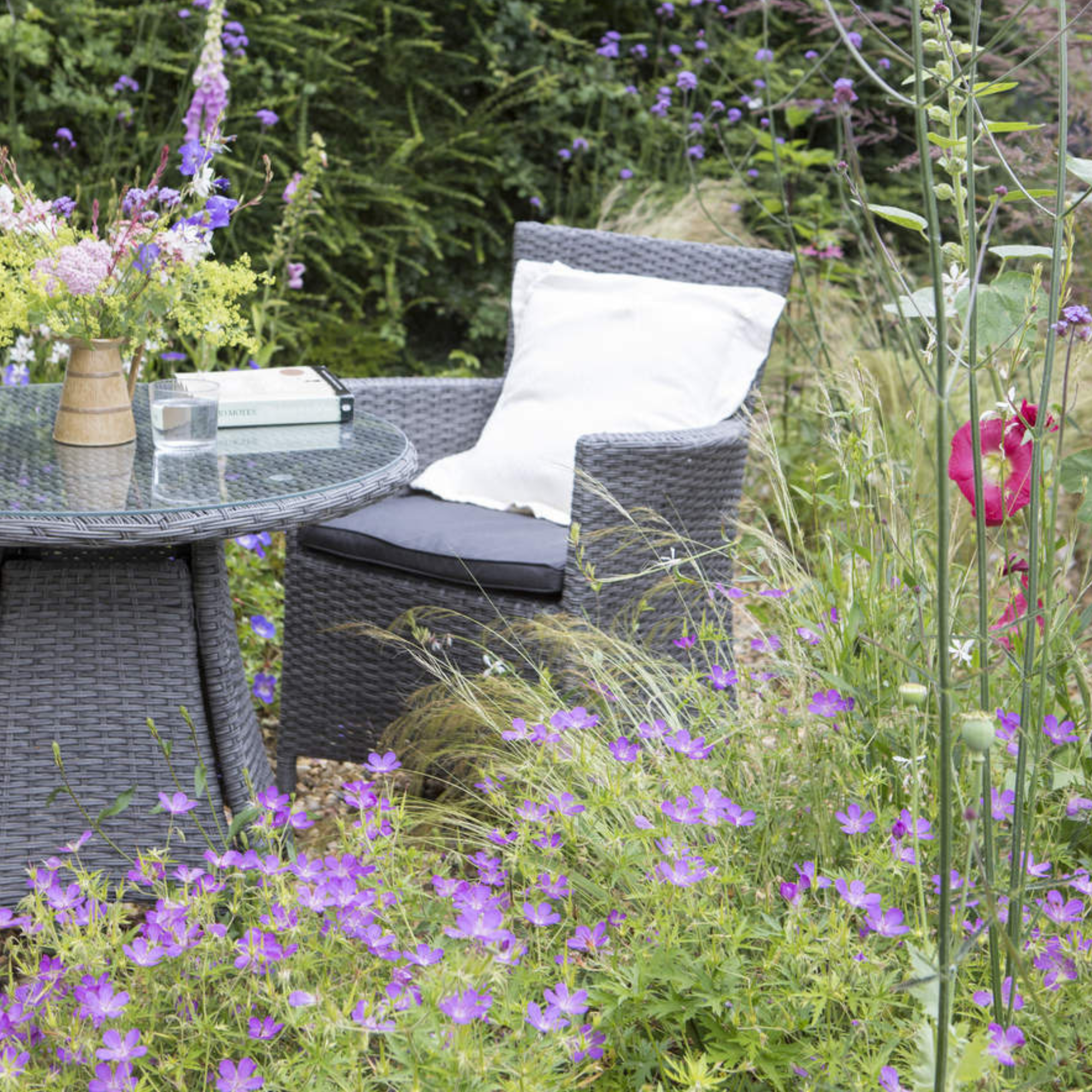
Meadowscaping is a major trend right now, helping 'your garden come alive with a burst of colour, while providing essential food for bees, butterflies and other essential pollinators,' says Catherine Capon, Head of Marcomms UK & Ireland at Treedom.
'There are many wildflower seed mixes out there but I would recommend an annual meadow mix to encourage a rainbow of annuals like red cornfield poppies, blue cornflowers and pink cosmos. These plants grow quickly, and will transform your lawn in just a few months.
Sign up to our newsletter for style inspiration, real homes, project and garden advice and shopping know-how
'Over time, wildflower meadows establish a complex root network underground meaning the soil becomes increasingly stable. This can be very helpful for protecting against flooding.'
2. Fill your garden with creeping thyme
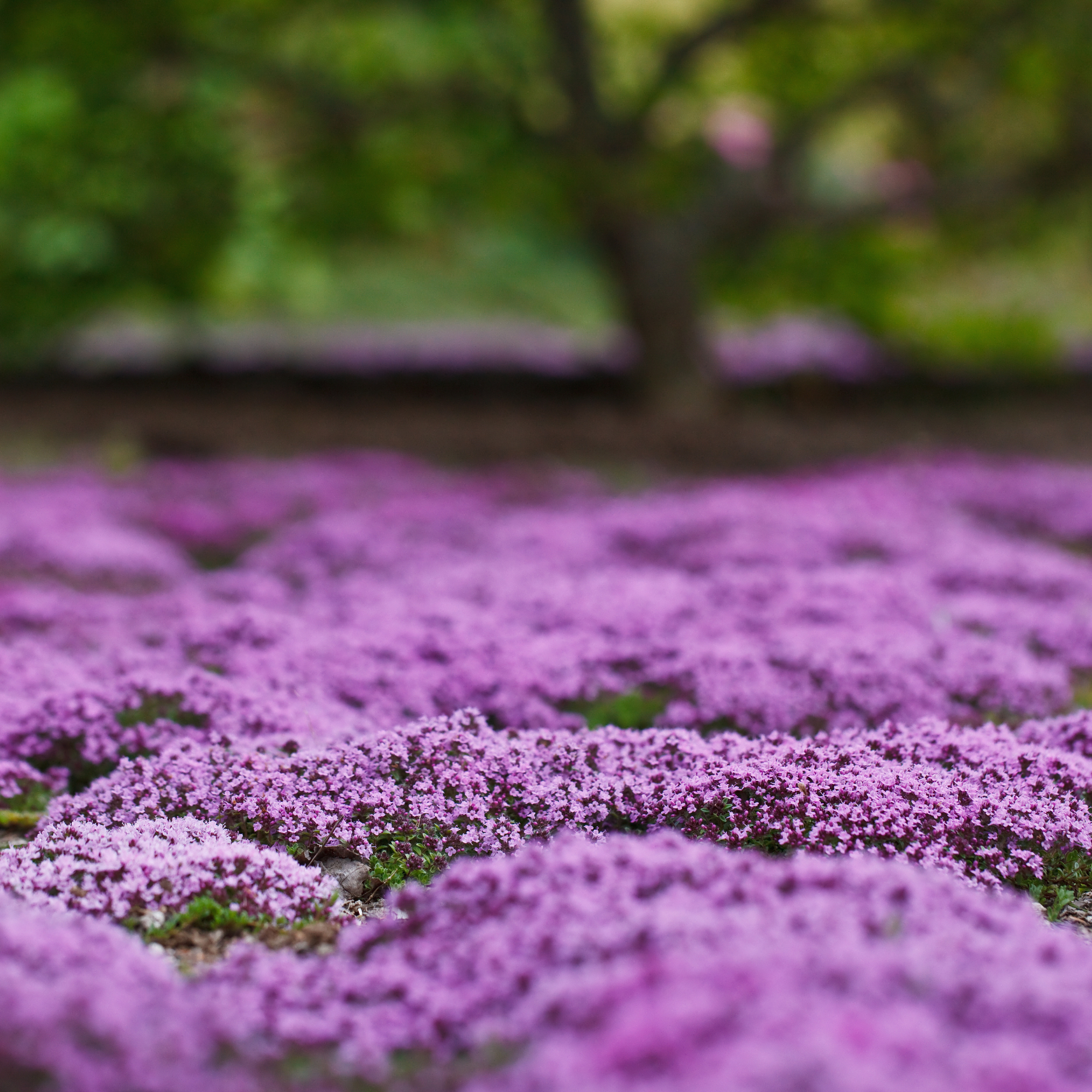
The vibrant purple hues of creeping thyme have made it an increasingly popular alternative to grass – and plenty have been charmed by claims that it not only attracts honey bees, but repels mosquitos, too.
As Chris Bonnett at Gardening Expresssays, creeping thyme (once it's been planted, that is) is an excellent alternative to grass.
'It’s low maintenance, which means it requires less mowing and watering, and it's drought tolerant, too,' he adds.
Even better? This hardy plant can also withstand frequent rain spells, making it abundantly well-suited to the charms of an unpredictable British summer.
3. Embrace a lawn filled with moss (yes, really)

For years now, we've obsessed over finding the best way to remove moss from grass. As it turns out, though, maybe this velvety soft and beautifully green plant isn't the enemy we've long considered it to be.
'Perfect for gardens that are a bit more staggered and rocky, moss lawns don't require any harmful chemicals for their maintenance and the lack of mowing or watering saves you both time and money,' says Catherine.
'In times of little rainfall, you might be the only one on the street with a green garden and, once established, a moss lawn is very low maintenance.'
Still not convinced? Guaranteed to add texture and vibrancy to your garden, this tranquil plant is also a great habitat for wildlife: insects, birds, and even small mammals will reap the benefits of it.
4. Try foodscaping

‘Perhaps the boldest choice of all is no lawn whatsoever,’ says Christopher O’Donoghue, one of the co-directors and RHS-trained gardeners at Gardens Revived.
‘I know that sounds a daunting prospect, but it’s something I’m working on in my own garden. I’m creating a winding path through the middle and expanding the beds to take up the space where the grass once was.
'While I plan on filling mine up with colourful flowering and beautifully scented plants, you could just as easily jump on the new foodscaping trend and use yours as a plot for fruits, vegetables, and herbs.’
Christopher adds: ‘Oh sure, growing your own food might not necessarily be considered low maintenance per se, but it’s definitely going to be on par with the average grassy lawn – maybe slightly less, actually, as weeding and watering will likely take less time than all that mowing. And it’ll yield far more useful results in the long run, too.’
5. Dip your toe into the tapestry lawn trend
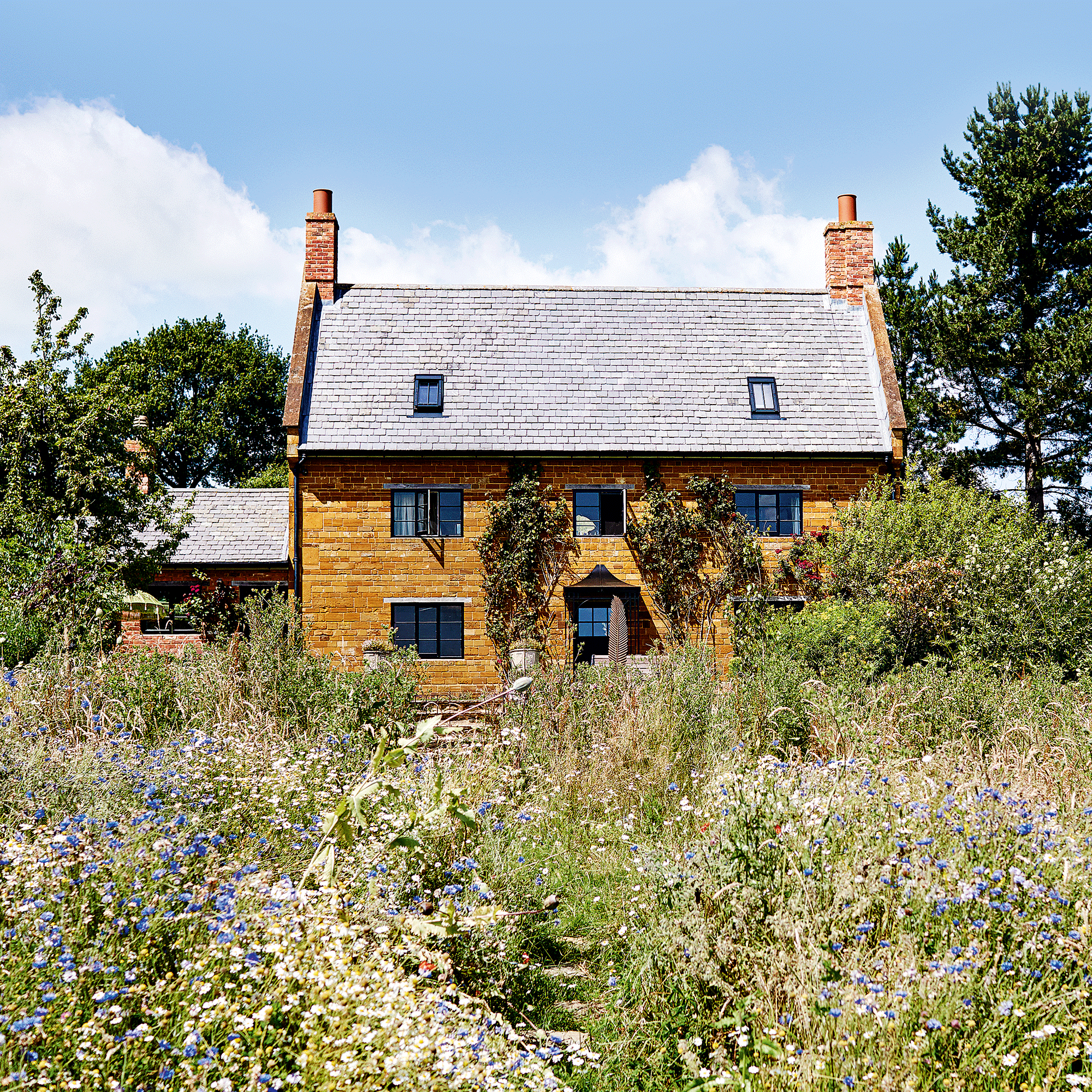
We are huge fans of the tapestry lawn trend here at Ideal Home, and it's little wonder.
Basically, a tapestry lawn eschews grass in favour of chamomile, daisies, bugleweed, creeping mint, sedum, and other hardy low-level plants. Through careful planting, it is possible to create a mat of foliage that acts as ground cover – and, while it may take a year to show results, it is extremely low-maintenance once your plants settle in.
A tapestry lawn isn't just less work than grass, mind you: it is also an undeniably beautiful and wonderfully eco-friendly option, providing plenty of shelter for wildlife and food for pollinators like bees and butterflies, too.
6. Plant a garden full of clover
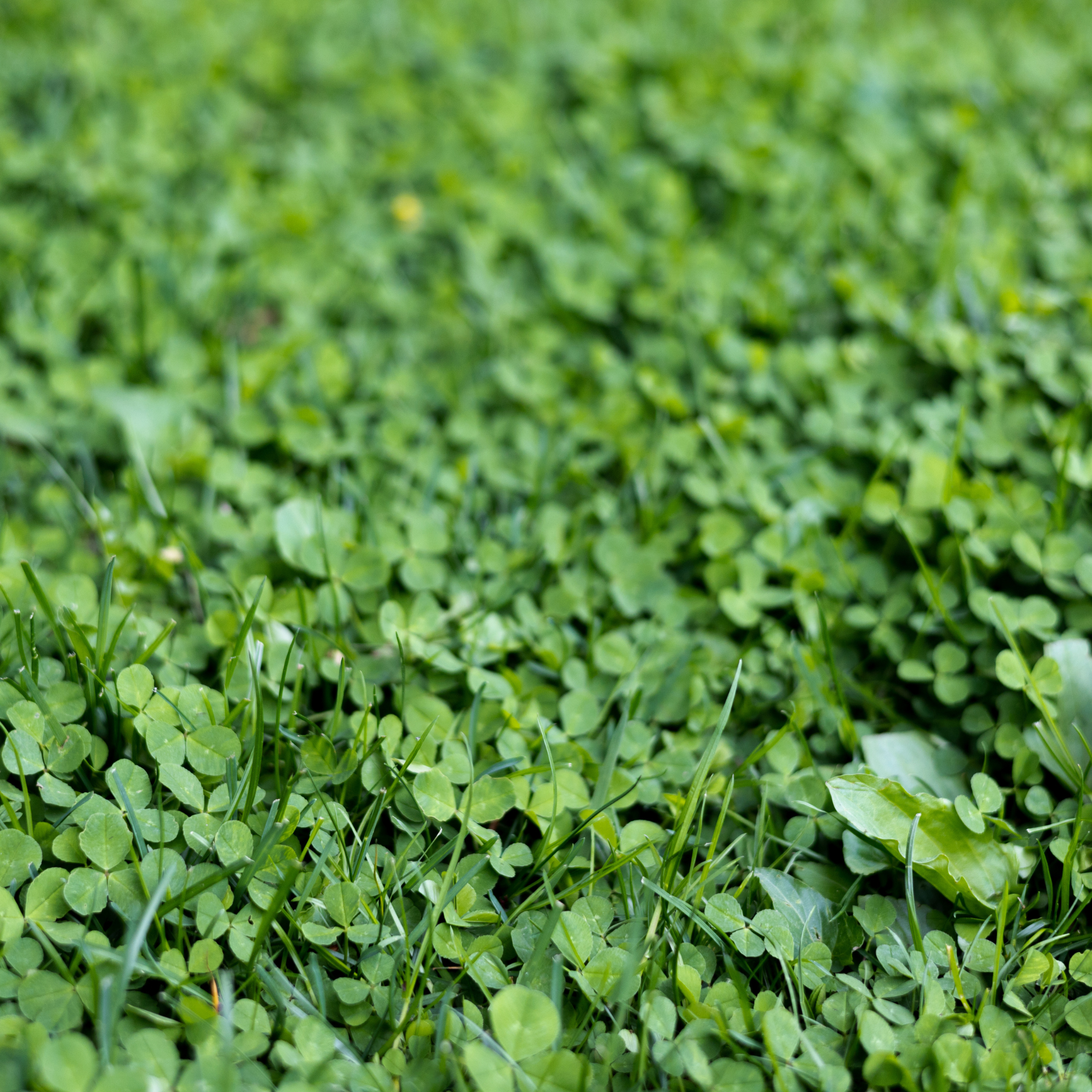
Extremely affordable and allegedly lucky (if you find one that elusive four-leafed one, that is), if you're wondering whether you should actually remove clover from your lawn, you may be surprised to learn that clover is the ideal choice for gardens with lower-than-average soil quality.
'A clover lawn is the ultimate eco-friendly lawn,' says Catherine. 'Not only is it a great space for pollinators, but clover is proven to help remove nitrogen from the soil (excess levels can damage some plant species).'
She adds: 'As well as creating a thriving home for bees, butterflies and a multitude of bugs - clover stays green for much longer than grass and does not need to be watered as frequently. Another win for the environment!'
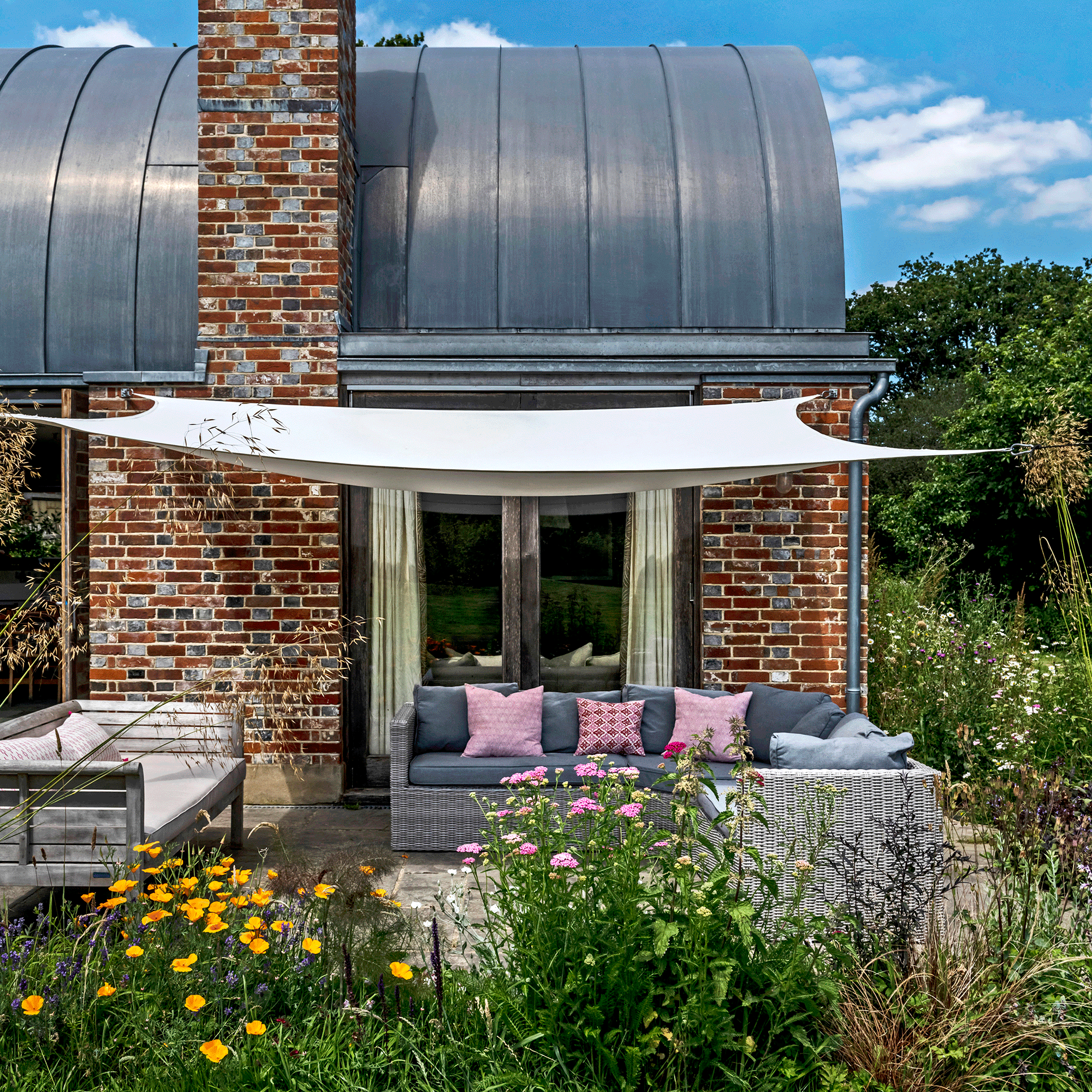
It seems, then, that there are plenty of excellent alternatives to grass – but can any truly hope to replace the classic lawn plant we have come to love so dearly after all these years?
Personally, I'm tempted to try something new. So, if you'll excuse me, I'm off to have a bash at growing my own fruit and veg.
See you on the other side...

Kayleigh Dray became Ideal Home’s Acting Content Editor in the spring of 2023, and is very excited to get to work. She joins the team after a decade-long career working as a journalist and editor across a number of leading lifestyle brands, both in-house and as a freelancer.